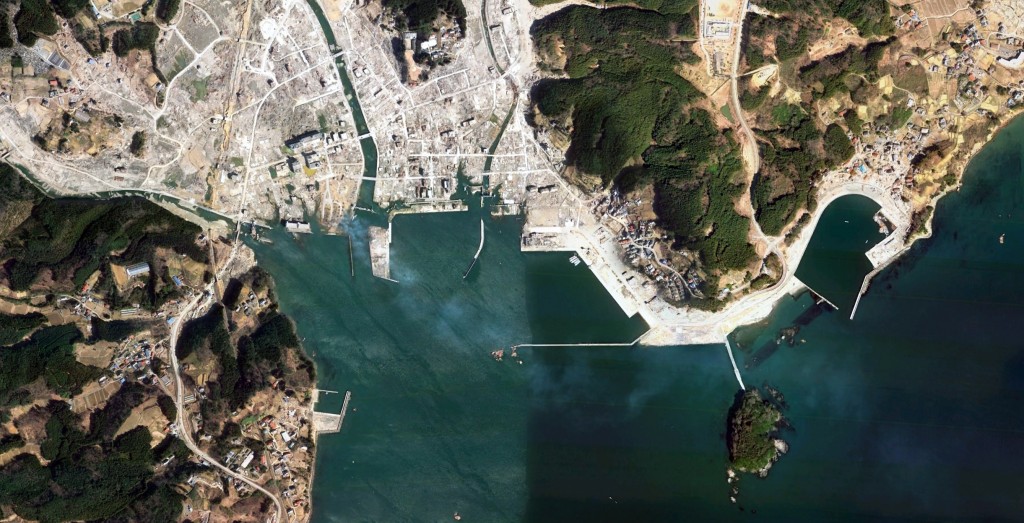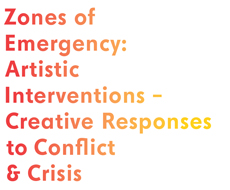Classes
4.365/4.366 – Artistic Intervention – Creative Responses to Crises and Conflict
Ute Meta Bauer, Associate Professor
Jegan Vincent de Paul, Lecturer
Nadya Volicer, Teaching Assistant
Fall 2011- This course seeks to develop an understanding of the role of cultural production and artistic intervention in conditions of conflict and crisis. How should one investigate or intervene in such situations through critical reflection, creative agency and participatory action? The course will use a real-world scenario to examine the ways in which artistic interventions may transform, disrupt or subvert current urban, political and social conditions in critical ways.
A public lecture series titled “Zones of Emergency – Artistic Interventions – Creative Responses,” will showcase presentations by organizations, collectives, and individuals engaged in contested spaces and sites/situations of conflict and crisis. These include the “Urbano Project,” a Boston-based organization that fosters artistic expression for social change among inner-city youth, “Survival International,” a group that supports the rights of indigenous people, and Lucy Walker’s “Waste Land,” a film about Vik Muniz’s artistic intervention in the world’s largest garbage dump, Jardim Gramacho in Rio de Janeiro.
The seminar/workshop sessions will engage students through readings of historical and contemporary case studies, discussion of works presented by Zones of Emergency lecture series speakers, and hands-on projects taking the town of Minami Sanriku in the Miyagi prefecture of Japan as a case study. Minami Sanriku is a town severely affected by the March 2011 earthquake and tsunami in Japan. The goal of the course is to foster critical reflection, creative inquiry and exploratory responses to the on-going crises of Minami Sanriku.
The course will have two parts. During the first half of the semester, students will develop projects and assignments to build the conceptual framework to understand and respond creatively to conflict and crisis situations. In the second half of the course, students will work in groups to address and develop a response to the unique post tsunami and earthquake conditions of Minami Sanriku. We will work as a class to develop relevant interventions that create platforms for community dialogue, ranging from tsunami warning systems to a tea house or bath house or a community center.
These interventions should critically examine principles of design, artistic practice and the ethical responsibility of addressing people, context and places in situations of conflict and crisis. At the end of the semester projects will be presented to the MIT community and the larger public in the form of a group exhibition aimed at raising attention to the severity of the crises in Minami Sanriku and communicating creative responses to it.
4.330/4.331 – Intro to Networked Cultures & Participatory Media
4.360/4.361 – Performance Workshop


